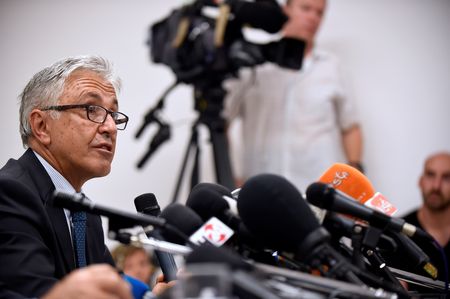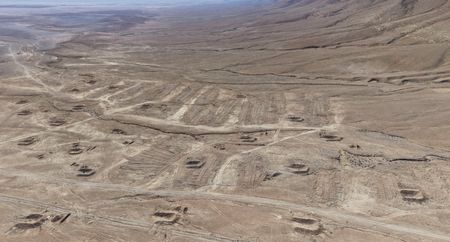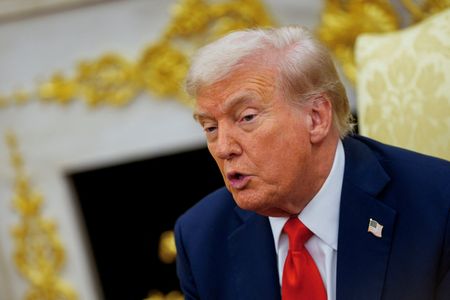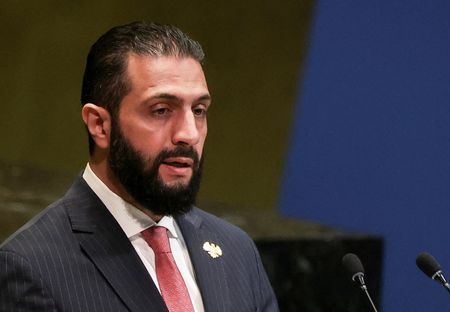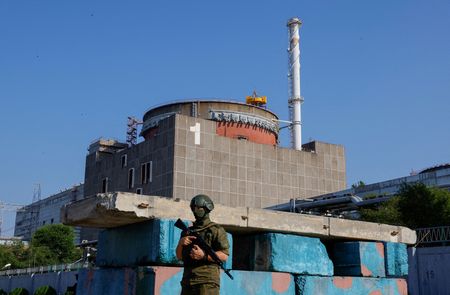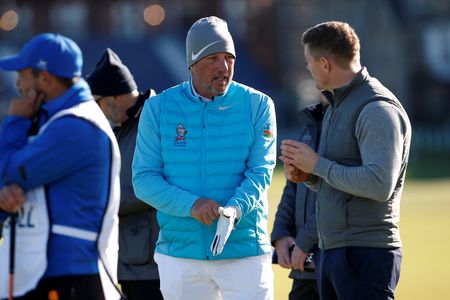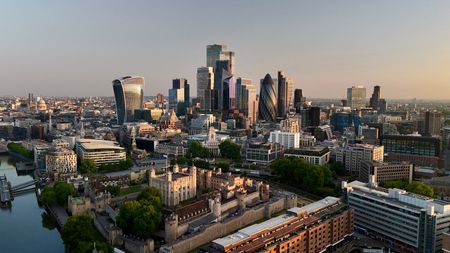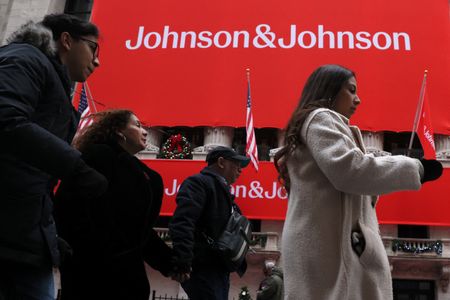By Emilio Parodi
MILAN (Reuters) -Italian prosecutors sought on Tuesday an 18-1/2-year prison sentence for former Atlantia CEO Giovanni Castellucci over the deadly 2018 collapse of a motorway bridge in the northwestern port city of Genoa.
Prosecutors also sought prison terms ranging from two years and four months to 15-1/2 years for 55 of the other 56 defendants in the three-year trial, including employees and executives of the company that operated the bridge, the firm responsible for its maintenance and the Transport Ministry.
They sought acquittal for only one accused, a former technician at the maintenance firm.
The defendants face charges ranging from multiple manslaughter to making false statements. They have all denied the accusations.
CASTELLUCCI IN JAIL OVER SEPARATE CASE
Castellucci is already in a Rome prison, serving a six-year sentence over another fatal incident in 2013 on a viaduct in southern Italy.
The Morandi bridge in Genoa, operated by Atlantia’s motorway unit Autostrade per l’Italia (Aspi), collapsed at the peak of the summer holiday season on August 14, 2018, killing 43 people and laying bare the state of Italy’s crumbling infrastructure.
One of Castellucci’s lawyers said the sentence sought by prosecutors was “unacceptable”.
“It is a frightening sentence, one you would expect to be sought in a murder trial, not in a case where only negligence is alleged,” Guido Alleva said after Tuesday’s proceedings, adding the defence would challenge the basis of such a request.
Autostrade and its then maintenance subsidiary SPEA had the case against them closed in 2022 after a judge approved their financial settlement.
The bridge’s collapse caused a dispute between Atlantia, controlled by the Benetton family, and the government that ended in 2021 with the sale of Atlantia’s controlling stake in Autostrade.
COLLAPSE TIED TO YEARS OF CORROSIVE ATMOSPHERE
Investigations found that the collapse was triggered by the rupture of the load-bearing cables inside the stay of the bridge’s ninth pillar, which were eaten away by a highly corrosive atmosphere over the 51 years of the bridge’s life.
Prosecutors alleged the collapse was caused by years of missed, inadequate or falsified maintenance aimed at delaying necessary repairs for as long as possible while continuing to pay dividends to shareholders.
Defence lawyers said the disaster was a result of an original construction flaw at the top of stay cable number 9 — the one that collapsed — which they said was impossible to detect and could not have been prevented by maintenance.
Civil party experts said that structural issues had previously been identified in cables 10 and 11, which were then reinforced, making it foreseeable that similar problems could have affected cable 9.
After prosecutors and civil plaintiffs have made their closing arguments, defence lawyers for all the defendants will present theirs in the coming months. A first-instance verdict is not expected before spring 2026.
(Reporting by Emilio Parodi; Editing by Cristina Carlevaro and Emelia Sithole-Matarise)

